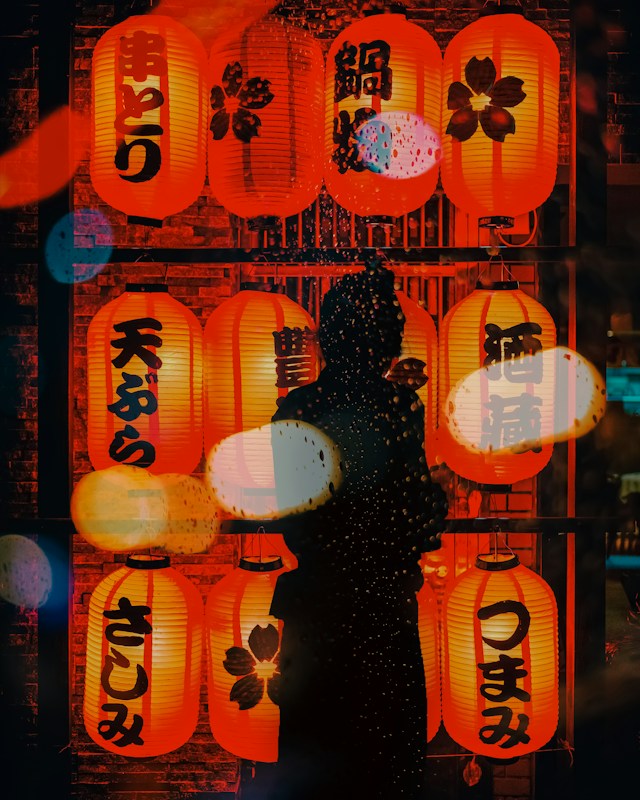It’s a pattern as old as spirituality itself—the way our highest aspirations often cast the darkest shadows. Through the glass walls of modern meditation centers and the stone corridors of ancient monasteries, the same story echoes: those who strive hardest for transcendence often manifest what they seek to overcome. The gentle-voiced spiritual teacher conceals barely contained rage. The philanthropist builds hospitals while wielding indifference like a weapon at home. The meditation guide preaches presence while anxiety traces familiar paths through their days.
These aren’t merely cases of hypocrisy. They illuminate something fundamental about the human psyche—a pattern I’ve watched unfold in my own life among the steel and glass canyons of this city. The understanding crystallized one autumn evening, after a gathering where conversation had stripped away our usual defenses. Sitting alone afterward in the small park near my apartment, watching long shadows fall across drought-worn grass and concrete, I saw how my spiritual pursuit had become another war zone—each practice another battle against myself.
Each “spiritual failure” marked a fresh wound, every natural impulse condemned as enemy fire. The more I strived to transcend my humanity, the less human I became—less able to connect, to feel, to embrace the raw reality of being alive. Like trying to purify water by freezing it, I had only succeeded in making myself more rigid, less able to flow with life’s natural currents.
The mechanism behind this pattern is elegant: faced with the gap between our ideals and reality, we split ourselves in two. The acceptable self becomes our public face, carefully crafted to match our spiritual aspirations. Everything else—our anger, our desire, our ambition, our need—gets pushed into shadow, like exiles in their own land. But this division demands constant vigilance. It’s like trying to hold a beach ball underwater; the energy required to maintain the split eventually exhausts us, while the submerged parts grow more distorted in their desperate push for air.
In our urban temples and meditation rooms, I see this pattern repeat endlessly. The executive who champions mindfulness while anxiety coils beneath his pressed shirts. The yoga teacher who preaches self-acceptance while waging war with her own reflection. We become what we fight against because we’re fighting instead of understanding, building walls instead of bridges.
This understanding reveals itself in the texture of daily life. During morning meditation in my room, when anxiety surfaces, I no longer rush to silence it. Instead, I listen to its subtle messages about where I’ve overextended or ignored my limits. In social meetings, when ego flares in its need for recognition, I notice the old wounds beneath its striving. Each interaction becomes a chance to practice this integration—choosing to acknowledge anger rather than performing false peace, allowing attraction without either indulgence or shame, recognizing ambition’s creative energy without letting it consume me.
Yesterday in the city park, between concrete paths and carefully tended flowerbeds, I watched a mother respond to her child’s tantrum. Instead of punishment or rejection, she drew the angry child closer, creating space for the storm to pass. Her acceptance didn’t enable the behavior—it created safety for transformation. This, perhaps, is what divine love offers us: not an escape from our humanity, but a secure space to experience it fully, to let it transform naturally through acceptance rather than force.
True self-acceptance isn’t passive resignation to what is. It’s creating space for authentic transformation—the kind that happens naturally when we stop waging war against ourselves. Like the pocket gardens that flourish between skyscrapers when given the right conditions, our development blossoms when we align with our inherent wisdom rather than imposing external ideals.
This understanding transforms our relationships too. When we stop rejecting parts of ourselves, we become more capable of accepting others in their fullness. Friends note that my presence has softened, that conversations reach deeper waters more naturally. Even disagreements take on a different quality—less about proving right or wrong, more about understanding what lies beneath our conflicting positions.
Some might mistake this acceptance for complacency, seeing it as an excuse to remain unchanged. But true integration is more demanding than our old battles of self-improvement. It requires constant awareness, asking us to stay present with what is rather than escaping into either indulgence or rejection.
As autumn deepens and leaves begin their elegant surrender to gravity, I’m reminded that the spiritual journey isn’t a straight ascent to perfection but a spiral that continuously brings us back to our humanity. Each turn brings deeper understanding, like growth rings in the trees that line our city streets, each cycle revealing new aspects of the same eternal truth: our humanity, with all its shadows and light, isn’t an obstacle to overcome but the very soil from which awakening grows.
Walking through the city garden this evening, I pause before a small grove of trees tucked between steel and glass buildings. Their leaves are turning—not all at once, but in a gradual revelation of color against the urban backdrop. Some branches still hold their summer green, while others flame with autumn’s touch, and still others hover somewhere in between—all part of the same living whole. In their patient transformation amid the city’s rush, I glimpse what genuine spiritual growth might look like: not a forced march toward perfection, but a natural unfolding that embraces every stage of becoming, even here where nature and human ambition intertwine.

